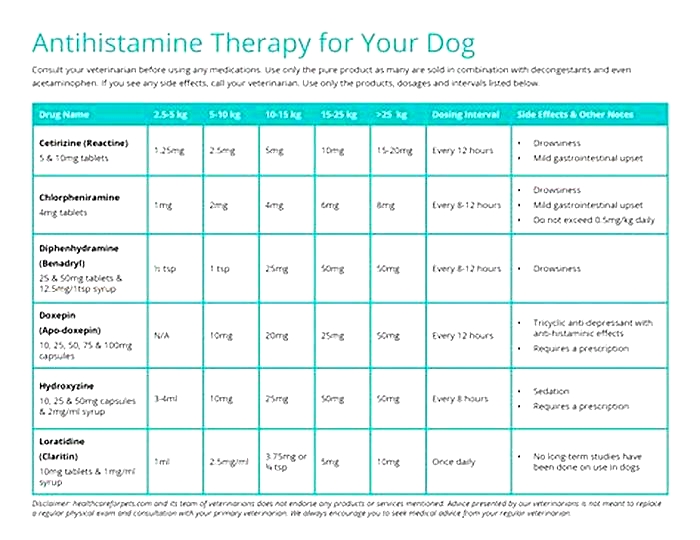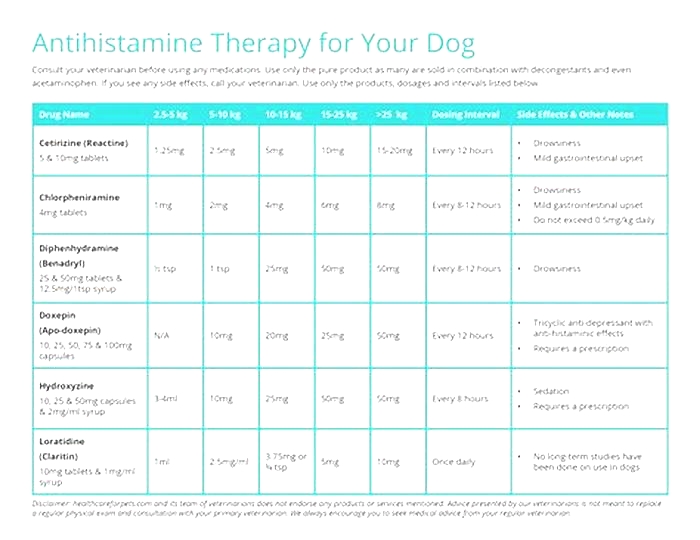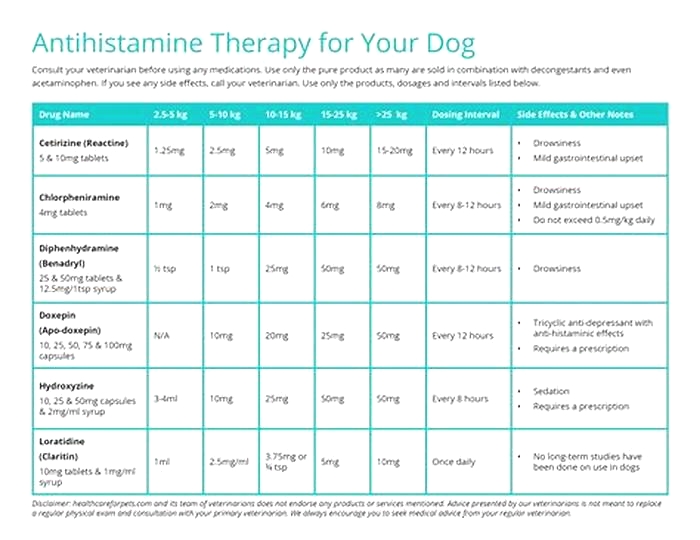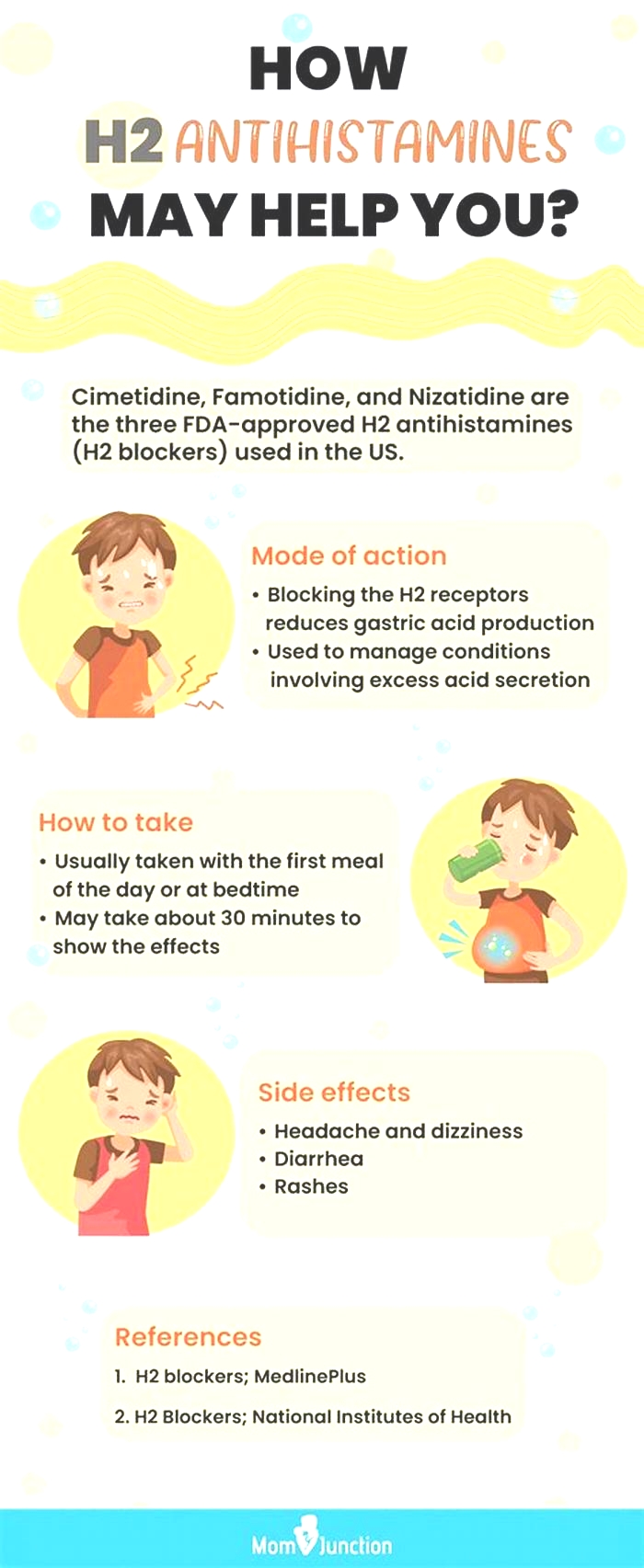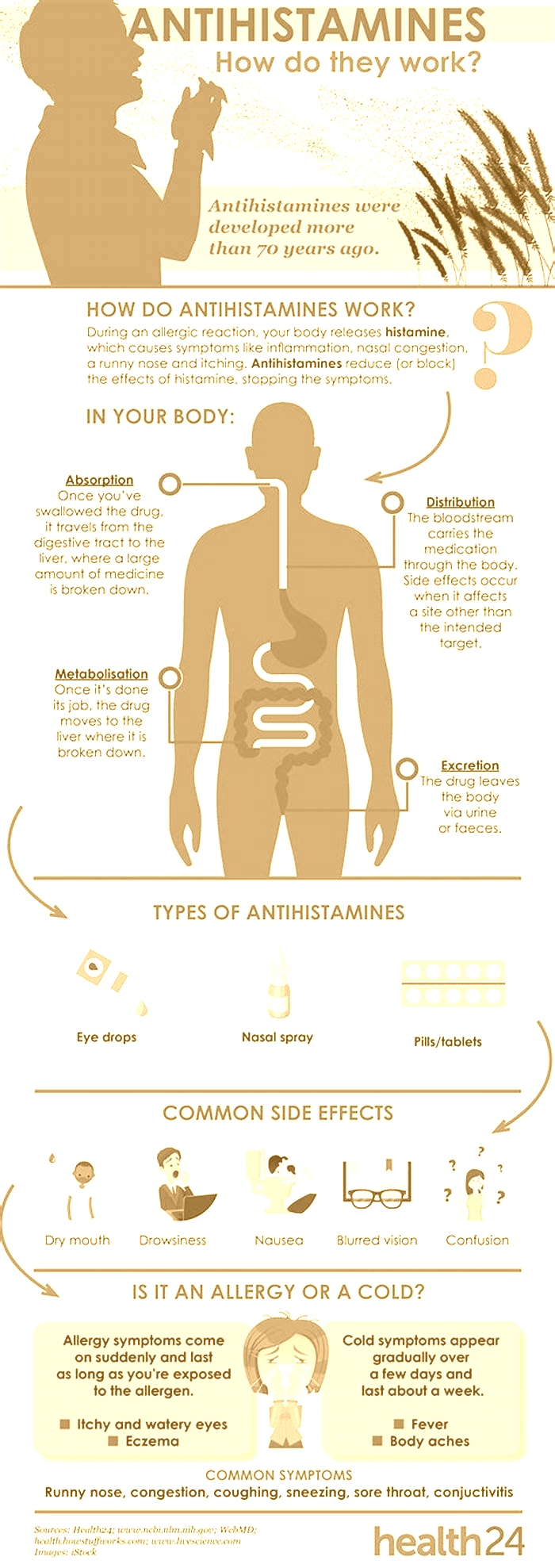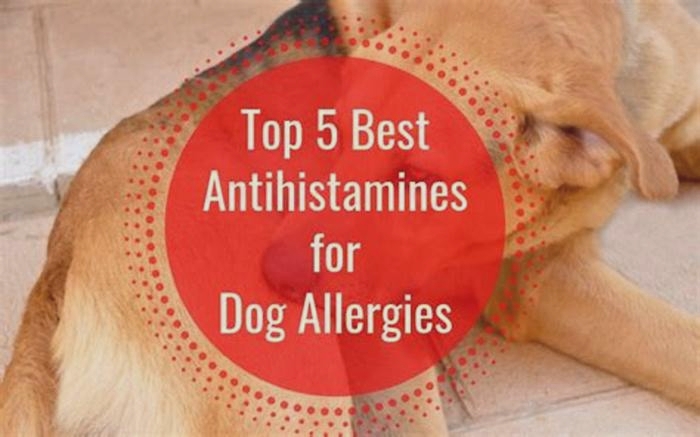Can you give antihistamines to dogs
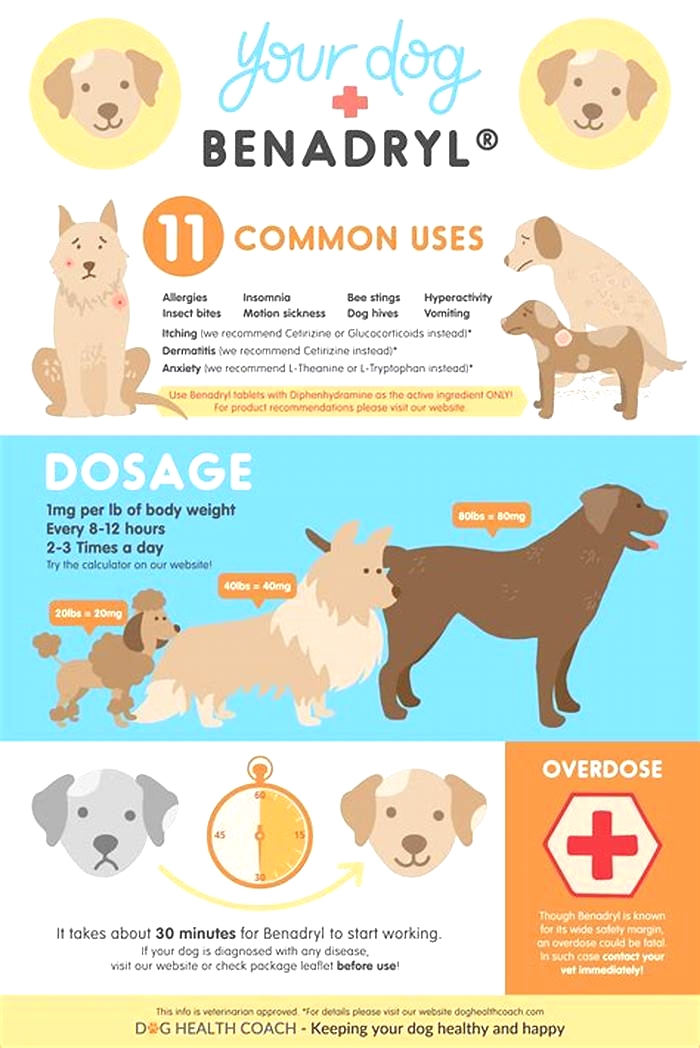
Antihistamines for Dogs Everything You Need to Know
Youre having a wonderful day with your dog, playing fetch in the park or snuggling on the couch. Suddenly, you see your dog itching fiercely, sneezing violently or swelling up like a balloon. You recognise that your dog is allergic to something and wonder what you can do to help them.
You have nothing to help but just antihistamines. But wait, are antihistamines safe for dogs? Let us explore some benefits as well as side effects of antihistamines on dogs.
Antihistamines for Dogs
Antihistamines can treat allergies like redness, itchiness or swelling. Antihistamines work by blocking histamine receptors. Histamine is a molecule that the body releases in response to an allergen. They are inexpensive, readily available as over-the-counter medications, and generally free of side effects.
As a result of Histamine release, unlike humans, dogs will typically have redness and itchiness of their skin as their main symptoms. Antihistamine can be used to treat the symptoms of mild allergies, to soothe a bee or wasp sting and to get relief from itchiness.
Bee/Wasp Sting
When your dog is stung by a bee or a wasp, the primary thing to do is take out the sting from the body of your dog. You can clean the area with a wet cloth or hold the area under running water for your dog to get relief.
You can also apply ice to reduce the swelling and burning sensations. At this stage, you can give your dog an antihistamine for dogs uk to ease the symptoms. However, you should also as your vet before doing so.
Itchiness
If your dog is allergic, your vet may suggest giving antihistamines to your dog. The allergy might be caused due to some food habit, pollen or any medication used for your dog. Antihistamine can be used as part of treatment to soothe the symptoms of allergies.[1]
It is crucial to find out the underlying cause of the allergy by observing your dogs diet and medication. This will help curb the root cause of itchiness and help cure allergies.
What Is the Dosage Schedule for Antihistamines?
The typical dosage schedule for antihistamines in dogs depends on the type of antihistamines, the weight of the dog, and the severity of the allergies. Here are some examples of common antihistamines and their dosages for dogs:
- Diphenhydramine (Benadryl): 24 mg/kg, every 812 hours as needed. This is equivalent to 12 mg per pound of body weight.
- Hydroxyzine: 0.52 mg/kg, every 68 hours as needed. This is equivalent to 0.230.91 mg per pound of body weight.
- Chlorpheniramine: For dogs less than 20 kg (44 pounds), 4 mg, every 8 hours as needed. For dogs more than 20 kg (44 pounds), 8 mg, every 8 hours as needed.
- Cetirizine (Zyrtec): For dogs, 1 mg/kg or 1020 mg per dog, every 1224 hours as needed. This is equivalent to 0.45 mg per pound of body weight for dogs.
- Fexofenadine (Allegra): For dogs, 25 mg/kg, PO, every 1224 hours as needed. This is equivalent to 0.912.27 mg per pound of body weight for dogs and cats.
These are general guidelines and may vary depending on the individual dogs condition and response to the medication. Always consult your veterinarian before giving your dog any antihistamines and follow their instructions carefully.
What Are the Side Effects of Antihistamines in Dogs?
Antihistamines are medications that can help reduce the symptoms of allergies in dogs such as itching, sneezing and swelling. However, since they are chemicals, they can also have some side effects that you should be aware of before giving them to your dog.
Some of the possible side effects of antihistamines in dogs are:
- Drowsiness and lethargy. Antihistamines might cause your dog to become lethargic and less active, affecting their daily routine and quality of life. This can also be hazardous if your dog is required to be awake or execute specific responsibilities. This is most prevalent with first-generation antihistamines like diphenhydramine.
- Dry mouth and blurred vision.Antihistamines might lower your dogs saliva and tear production, resulting in dry mouth and eyes. This can cause discomfort as well as an increase in the risk of infections and dental disorders.
- Vomiting and diarrhoea.Antihistamines can cause nausea, vomiting, and diarrhoea in your dog. This can result in dehydration and electrolyte imbalance, both of which can be fatal if not treated swiftly.
- Excitability and nervousness.Some dogs may react to antihistamines differently, becoming more nervous and worried rather than calm and relaxed. This might result in behavioural issues and stress for both your dog and you.
When Should You Not Use Antihistamines on Your Dog?
As a paw parent, you should be cautious when using antihistamines on your pet. Firstly, it is important for you to consult your local vet before experimenting with any medicine on your Fido. You should never use antihistamines if your dog has glaucoma, in which the pressure within the eyes increases and it leads to vision loss.[2]
Dogs suffering from heart or liver disease should also avoid the usage of antihistamines. Moreover, this medicine can also affect the development of fetuses and thus, you should not give it to pregnant dogs. There may be conditions depending on your dogs individual health status and history. Therefore, it is always advisable to check with your vet before giving any medication to your dog.
According to Malcolm Weir and Lynn Buzhardt at VCA Hospitals, Antihistamines areusuallysafe but can make some dogs drowsy and others hyperactive. OTC antihistamine preparations may contain other ingredients such as decongestants that are not safe for dogs.
You should not give antihistamines to dogs with conditions like glaucoma, heart and liver disease, pregnant dogs, or vaginitis in dogs or other vaginal infections.
What Are the Commonly Used Antihistamines for Dogs?
The most commonly used antihistamines for dogs include:
- Diphenhydramine (Benadryl)
- Loratadine (Claritin)
- Cetirizine (Zyrtec or Reactine)
- Chlorpheniramine (Chlortrimeton)
- Hydroxyzine (Vistaril)
Claritin can be used however, veterinarians normally do not advocate it since some types of Claritin contain decongestants such as pseudoephedrine, which is extremely harmful to dogs. Cetirizine (Zyrtec or Reactine) is a popular over-the-counter antihistamine that veterinarians suggest.
FAQs
What antihistamine can I give my dog?
Antihistamines with the active ingredients of diphenhydramine, chlorpheniramine, cetirizine, clemastine or loratadine are usually safe for most healthy adult dogs. Hydroxyzine is another dog-safe antihistamine and one of the most effective available, but its only available on prescription.
What is the safest antihistamine to take?
Claritin and Zyrtec are popular over-the-counter antihistamines. Doctors consider them safe and effective treatments for minor allergies. Both are second-generation antihistamines. These cause less drowsiness than first-generation antihistamines.
Is too much antihistamine bad for dogs?
In living animals, hyperactivity, depression, hypersalivation, tachypnea, and tachycardia are the most common signs reported with ethanolamine-based antihistamines, usually occurring within 1 h of exposure. With overdose, dogs may also exhibit mydriasis, dry mucous membranes, disorientation, and fever.
Overview
Antihistamines can be a useful alternative for dogs with mild to moderate allergies since they can relieve some of the discomfort and irritation caused by allergens. Antihistamines, on the other hand, are not a universal remedy and may not be acceptable or effective for every dog.
As a result, it is critical to consult your veterinarian before administering antihistamines to your dog and to carefully follow their advice. You should also keep an eye on your dog for any signs of adverse behavior or overdosing. You may help your dog have a happier and healthier life by doing so.
While antihistamines can provide relief for allergy symptoms, be aware of other conditions like kennel cough which can be mistaken for allergies but may be more serious if left untreated. For more details check out our article on "can kennel cough kill a dog".
References:
- Purdue Veterinary Medicine. (n.d.).Pet health tips. Purdue University College of Veterinary Medicine.
- Glaucoma in dogs | VCA Animal Hospitals. (n.d.). VCA Hospitals.
Antihistamines For Dogs: When to Use Them, Dosage Schedules, and More
If your dog is itchy or has an allergic reaction, you may be wondering if antihistamines are the right solution. In this blog post, we will discuss antihistamines for dogs and when they should be used. We will also cover dosage schedules and how antihistamines can be used with other medications. If you're looking for allergy medication for dogs, antihistamines could be a viable option. Make sure to read this post first!
When should antihistamines for dogs be used?
Antihistamines can be used to treat allergies, both seasonal and environmental, and allergic reactions. If your dog is suffering from itchiness, redness, or swelling, antihistamines may be able to help. Antihistamines work by blocking histamine receptors. Histamine is a molecule that is released by the body in response to an allergen. There have been studies that suggest the use of antihistamines for dogs with seasonal allergies is beneficial and the low cost and favorable safety profile of antihistamines make them a popular choice for many dog owners and veterinarians.
It should be noted that not all dogs will respond to antihistamines to provide relief from seasonal allergies. This is because the mediators of the allergic response in dogs are not completely related to histamines. People who suffer from allergies typically have a runny nose, watery eyes, and sneezing as a result of histamine release. These are all symptoms that are not commonly seen in dogs with allergies. Dogs will typically have redness and itchiness of their skin as their main symptoms.
For type-1 hypersensitivity reactions in dogs that result in facial and ocular swelling and hives, such as a bee or wasp sting or vaccine reaction, antihistamines can be beneficial and are typically recommended by veterinarians.
Antihistamines can serve as an effective allergy medication for dogs, especially for those suffering from seasonal or environmental allergies.
Can you combine antihistamines with other medications?
Yes, antihistamines can be combined with other medications for the treatment of allergies in dogs, as long as it is not in addition to another antihistamine. If your dog is taking any other medications, it is important to let your veterinarian know before giving them antihistamines. This includes any supplements that your dog is taking as well. Your veterinarian will be able to tell you if it is safe to give your dog antihistamines and how to do so properly to avoid serious side effects.
Concurrent use of antihistamines for dogs with popular allergy medications such as Apoquel and Atopica are safe with no known interactions. Additionally, the use of antihistamines with corticosteroids (e.g. prednisone) can be beneficial as they can reduce the overall dose of corticosteroid that is required. Temaril-P or Vanectyl-P are examples of medications that combine prednisone with an antihistamine in one pill.
When considering allergy medication such as antihistamines, it's important to consult your veterinarian, especially if your dog is already on other medications.
What are the commonly used antihistamines for dogs?
The most commonly used antihistamines for dogs include:
- Diphenhydramine (Benadryl)
- Loratadine (Claritin)
- Cetirizine (Zyrtec or Reactine)
- Chlorpheniramine (Chlortrimeton)
- Hydroxyzine (Vistaril)
Diphenhydramine (Benadryl) is the most sedating antihistamine on the list. Cetirizine (Zyrtec or Reactine) is one of the most commonly used over-the-counter antihistamines recommended by veterinarians. Claritin can be used but is not typically recommended by veterinarians as some forms of Claritin contain decongestants such as pseudoephedrine which is very toxic to dogs.
There is no clear evidence that any one antihistamine works better than another, so other factors can be considered when choosing an allergy medication. These include cost, mode of administration, and side effects (a sedating antihistamine such as diphenhydramine can be administered in the evening instead of in the morning).
What is the typical dosage schedule for antihistamines in dogs?
The typical dosage schedule for antihistamines in dogs is every 8-12 hours, with the exception of cetirizine and loratadine, which are every 24 hours. Medications are dosed based on milligrams (mg) of antihistamine per patient weight in kilograms, i.e. mg/kg.
Diphenhydramine (Benadryl) dose: The typical dose is 2-4 mg/kg every 8-12 hours.
Loratidine (Claritin) dose: The typical dose is 0.5 mg/kg every 24 hours.
Cetirizine (Zyrtec or Reactine) dose: The typical dose is 1 mg/kg every 24 hours.
Hydroxyzine (Vistaril) dose: The typical dose is 2-4 mg/kg every 8-12 hours.
It is important to discuss with your veterinarian if an antihistamine is right for your dog prior to using it.
What are the side effects of antihistamines in dogs?
The most common side effects of antihistamines in dogs include sedation and drowsiness. This is more commonly noticed with first-generation antihistamines such as diphenhydramine (Benadryl). Newer generation antihistamines such as cetirizine (Zyrtec or Reactine) have less of a sedating effect.
At higher doses, a paradoxical reaction can occur, which is an unexpected increase in activity or stimulation. Other possible side effects include loss of appetite, nausea, vomiting, constipation or diarrhea.
When should you not use antihistamines on your dog?
Antihistamines should also be used with caution in dogs that have known sensitivities to antihistamines or have respiratory diseases such as asthma, liver disease, and seizure disorders. Use cautiously in working animals due to the risk of job performance being affected, especially when using first-generation antihistamines such as Benadryl.
Frequently asked questions about antihistamines for dogs
How much Benadryl can I give my dog?
The typical dosage for Benadryl in dogs is 2-4 mg/kg of body weight every 8-12 hours. Higher doses greater than 5 mg/kg can have toxic side effects such as seizures, respiratory depression, and cardiovascular effects.
Are antihistamines for dogs safe to use?
Antihistamines are safe to use in dogs when the correct dosages are followed. As many over-the-counter antihistamines may also contain a decongestant such as pseudoephedrine, it is important to read the ingredient list prior to giving it to your dog. Decongestants such as pseudoephedrine are toxic to dogs and need to be avoided.
Can antihistamines for dogs be used to prevent motion sickness in cars?
Yes, while not as effective as maropitant (Cerenia), antihistamines can be used to prevent motion sickness in dogs. The most common antihistamine used for this purpose is diphenhydramine (Benadryl). It is best to administer Benadryl on an empty stomach and 1 hour prior to car travel.
Are antihistamines a good allergy medication for dogs?
Yes, they can be. Antihistamines seem to have the best effect when used for an acute allergy flare-up or when started at the beginning of the allergy season. Starting antihistamines when symptoms have been present for many weeks may not be beneficial for the dog.
Antihistamines for dogs are commonly used to treat allergic reactions and aid in treating seasonal or environmental allergies. When used correctly, antihistamines are a safe and effective way to manage your dog's allergies. Be sure to talk to your veterinarian about the best antihistamine for your dog's individual needs. They will be able to advise which one would be best and at the correct dose for the needs of your dog.

